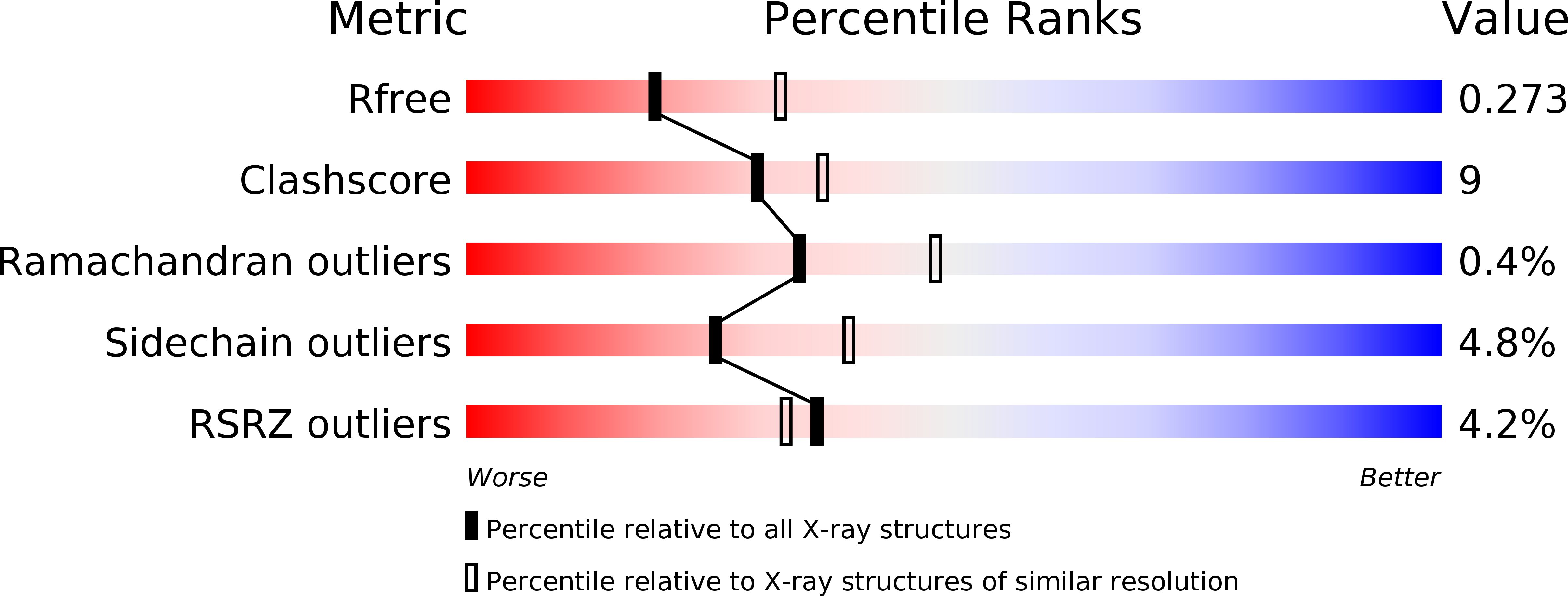
Deposition Date
1998-09-30
Release Date
1998-11-25
Last Version Date
2024-02-07
Entry Detail
PDB ID:
1BW8
Keywords:
Title:
MU2 ADAPTIN SUBUNIT (AP50) OF AP2 ADAPTOR (SECOND DOMAIN), COMPLEXED WITH EGFR INTERNALIZATION PEPTIDE FYRALM
Biological Source:
Source Organism:
Rattus norvegicus (Taxon ID: 10116)
Host Organism:
Method Details:
Experimental Method:
Resolution:
2.65 Å
R-Value Free:
0.29
R-Value Work:
0.25
R-Value Observed:
0.27
Space Group:
P 64


